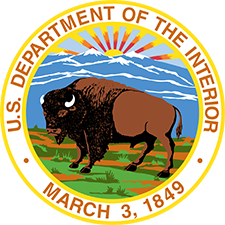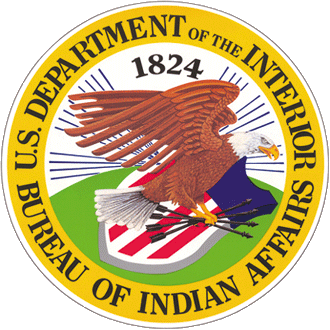Article

Namāēw, who is also known as Name, Nmè, Nama’o, lake sturgeon, and Acipenser fulvescens, among other names, were historically abundant in all of the Great Lakes and is a traditional source of subsistence and of cultural and spiritual significance for many Tribal Nations. Because Namāēw live in multiple habitats during their decades-long lifespans, the impact of changing environmental conditions is complex and has required further study.
Beginning in 2021, a years-long, partner-driven research collaboration between federal agencies, Tribal Nations, and inter-Tribal organizations has contributed to our understanding of how changing environmental conditions has and continues to impact our relative Namāēw. Some of the research outcomes have been outlined in the synthesis report Potential Effects of Climate Change on Acipenser fulvescens (Lake Sturgeon) and the “Name in a Changing Climate” fact sheet, both of which were published in 2023.
Partners in this research collaboration included: the Midwest Climate Adaptation Science Center (MW CASC), the Great Lakes Indian Fish and Wildlife Commission (GLIFWC), the 1854 Treaty Authority, Bay Mills Indian Community, Inter-Tribal Council of Michigan Inc, Keweenaw Bay Indian Community, Little River Band of Ottawa Indians, Little Traverse Bay Bands of Odawa Indians, Match-E-Be-Nash-She-Wish Band of Pottawatomi Indians, Menominee Indian Tribe of Wisconsin, and Red Cliff Band of Lake Superior Chippewa.

The collaboration began during the formation of MW CASC in 2021, when Tribal leadership shared concerns regarding the future of Namāēw, and MW CASC and Bureau of Indian Affairs (BIA) Tribal Community Resilience (TCR) Liaison Sara Smith partnered with GLIFWC to respond to these concerns. Over the next two years, MW CASC research fish biologist Holly Embke organized a series of nine conversations with the project’s core team and biologists, natural resource directors, historic preservation officers, and managers from Tribal Nations and inter-Tribal organizations across the Midwest. Embke, Smith, and Ally Scott, another TCR Liaison, also made site visits to the Bay Mills Indian Community to assist with Tribal Namāēw research.

In addition to the publication of the synthesis report and fact sheet and building relationships between Tribes, Tribal organizations, and agencies, one of the project’s greatest successes is how it modeled culturally sensitive, partner-driven research. Firstly, there was no collection or dissemination of sensitive cultural knowledge. Additionally, since the effort was not tied to a specific funding source or deadline, the project’s timeline was flexible and accommodating to all partners. At every juncture, Embke shared notes with all participants for review and approval before the next step, and every participant was invited to be an author for all produced materials. This model of partner-driven research may help inform and structure future research opportunities at the MW CASC and beyond, and hopefully may even extend to research regarding other relatives in the Great Lakes region.
This article was written in collaboration with the MIdwest Climate Adaptation Science Center.
Image

Related Page or Document
Contact Us
Albuquerque, NM 87104
Open 8:30 a.m.–4:30 p.m., Monday–Friday.


